Lowering Cholesterol in Older People: Cholesterol levels tend to increase as we age. In fact, high cholesterol in older people is one of the issues that most concerns families, so in this article we talk about it and what we must do to get senior citizens to reduce it.
Cholesterol is one of the fundamental lipids (fats) in the body. Our organism needs cholesterol to form healthy cells, being a raw material that helps to produce hormones, vitamin D and substances that help to digest food.
However, an excessive presence of cholesterol in our body increases the possibility of suffering from atherosclerosis (accumulation of fat within the walls of the arteries) and, as a consequence, of suffering a stroke or heart attack.
But, not only this, but having high cholesterol levels increases the risk of experiencing further cognitive decline in old age.
Good and bad cholesterol
Many times we hear expressions like “don’t worry, it’s good cholesterol”. How do the two types of cholesterol differ? In the following:
LDL: “bad” cholesterol. These are the fats that carry cholesterol from the liver to different parts of the body, causing it to build up in the arteries.
HDL: “good” cholesterol. It is qualified as “good” because it collects cholesterol from all parts of the body and carries it to the liver, where it is eliminated through the bile.
Normal levels of cholesterol in older people:
Cholesterol levels are measured in milligrams per deciliter (mg/dL). A healthy cholesterol level should be in the following range:
Average adult male cholesterol values
Type of cholesterol Healthy level
Total Cholesterol 125 to 200 mg/dL
Non-HDL Less than 130 mg/dL
LDL Less than 100 mg/dL
HDL 40 mg/dL or higher
Average adult female cholesterol values
Type of cholesterol Healthy level
Total Cholesterol 125 to 200 mg/dL
Non-HDL Less than 130 mg/dL
LDL Less than 100 mg/dL
HDL 50 mg/dL or higher
Symptoms of cholesterol in seniors
Cholesterol has no visible symptoms, but can only be discovered through a blood test. For this reason, it is of vital importance that senior citizens go for regular medical check-ups, because only in this way can serious health complications caused by a high level of cholesterol be avoided.
Tips to lower cholesterol in senior citizens
If our family member has excessive cholesterol levels, he will have to modify his habits to reduce this anomaly, which is so harmful to the body. Although at first, it may seem a major challenge for senior citizns to change these habits, it does not take much effort to achieve great results, as it will be enough to help them prepare a healthier diet, motivate them to perform more physical activity and be aware of their evolution. Thus, this is the most effective way for senior citizens to reduce their cholesterol:
Lowering Cholesterol in Older People: Adequate diet
Saturated fats and trans fats should disappear from the diet of senior citizens. The first ones are mainly found in red meat and whole dairy products. In the case of the latter, these are the most harmful, being present in pastries and industrial fried foods.
Against this type of fat, there are several foods that form an antidote to fight against “bad” cholesterol and its consequences, forming the best diet to lower cholesterol. Among the most beneficial foods are:
Olive oil
As a natural vegetable fat, extra virgin olive oil helps “good” cholesterol do its job of cleaning up “bad” cholesterol. Thus, taking three or four spoonfuls a day contributes to improve the organism of senior citizens.
Vegetables
It has been proven that a diet rich in legumes reduces “bad” cholesterol by 5%. Therefore, a plate of lentils, chickpeas, peas or beans will help senior citizens to prevent cardiovascular diseases. In addition, they represent a very complete food, since they are rich in proteins, carbohydrates, fibers and other micronutrients (calcium and iron, among others).
Fish
The high levels of omega-3 acids in fatty fish help to lower blood pressure. The most effective type of fish for this purpose is blue fish, among which are some that are as widespread in our diet as mackerel, sardines or salmon.
Thus, a healthy diet involves eating at least two portions of fish a week.
Dry fruits
Foods such as nuts, almonds or pistachios help reduce “bad” (LDL) cholesterol levels, while increasing “good” (HDL) cholesterol, so total cardiovascular risk decreases. Taking a small handful of these (about 30/40 grams) also provides significant antioxidant benefits.
However, we must be careful with the amount because they contain many calories, so that small handful daily is enough. Likewise, we must pay attention that the nuts that our major consume are low in sugar and salt.
- Red fruits
Within the red fruit family, the benefits of reducing the “bad” cholesterol of blueberries and blackberries are especially noteworthy. Through the habitual consumption of both foods, senior citizens will improve their circulation and will diminish the risk that their arteries can deteriorate.
Lowering Cholesterol in Older People: Physical exercise
Regular physical activity for seniors helps control cholesterol levels. Physical exercise will help reduce the risk of suffering from the conditions caused by high cholesterol.
The most suitable sport to achieve this is aerobic. That is to say, the one that accelerates the cardiac rhythm and increases the consumption of oxygen. Examples of this type of physical activity are
Walking. Walking at a moderate pace and always with company will help keep the body healthy and gain muscle strength. At the same time, it will also contribute to the improvement of emotional health.
Raising your arms or legs. This will also avoid muscular deterioration of the extremities. An example of this type of exercise could be raising the arms to the cross position, keeping them this way for a few seconds, lowering them to their natural position and so on for a few minutes a day.
Balance exercises. For instance, getting up and sitting down from the chair with little support. With physical movements of this type you will also improve your ability to carry out your daily tasks.
Losing weight
Following a routine based on a healthy diet in which foods to lower cholesterol are present and doing physical exercise in a stable manner will contribute to our family member not suffering from one of the main risk factors for cholesterol: overweight. The increase of the body mass index (BMI) contributes to increase the “bad” cholesterol, so maintaining an adequate weight (with a BMI < 30) is one of the most effective ways to prevent cardiovascular diseases in senior citizens. Wehope this guide from Nomenial on lowering cholesterol in Older People has been useful.







